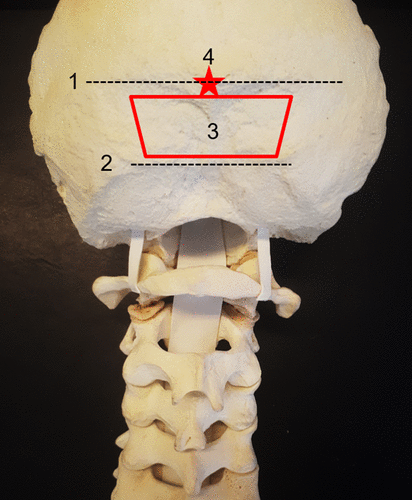+918292345710

This is your website preview.
Currently it only shows your basic business info. Start adding relevant business details such as description, images and products or services to gain your customers attention by using Boost 360 android app / iOS App / web portal.
Basic Surgical Anatomy of the Occipitocervical ...

Basic Surgical Anatomy of the Occipitocervical Junction Before inserting occipital screws, proper knowledge of the patient-specific occipital bone anatomy and the location of the internal dural venous sinus is necessary. The external occipital protuberance (EOP) is a midline boney prominence on the outer surface of the occipital bone; this is the point of attachment of the nuchal ligament. The superior nuchal line is the ridge that extends laterally from the EOP, in both directions, to the lateral angle of the occipital bone. It is within the inner portion of the skull, at the level of the EOP, that the torcula lies. The torcula is also known as the confluence of the dural venous sinuses: the superior sagittal sinus, the straight sinus, and the occipital sinus. Inappropriate screw insertion causing injury or occlusion to the torcula, or any of these sinuses (in the setting of sinus dominance), has the potential to cause a rare but catastrophic vascular injury, and even death. This can be avoided by placing the plate just below the EOP (to avoid a prominent plate) and using unicortical screws. The squamous portion of occipital bone is often thickest at the midline (especially at the EOP), and it decreases in thickness from medial to lateral; it also decreases in thickness inferiorly toward the foramen magnum. As a general rule, occipital screw fixation is performed just below the EOP to keep it from being prominent. In cases where a large suboccipital decompression has been performed, and there is not sufficient occipital bone below the transverse sinus for plate fixation, instrumentation at the EOP may be required. In such cases, it is preferable to shave down part of the inion to partially recess the plate under the bone to prevent it from being too prominent under the skin. It is always preferred to place occipital screws near the midline given that the bone is thickest in this region. It is critical to understand the patient specific anatomy during the planning stages of the operation, given that this anatomy could be highly variable.

